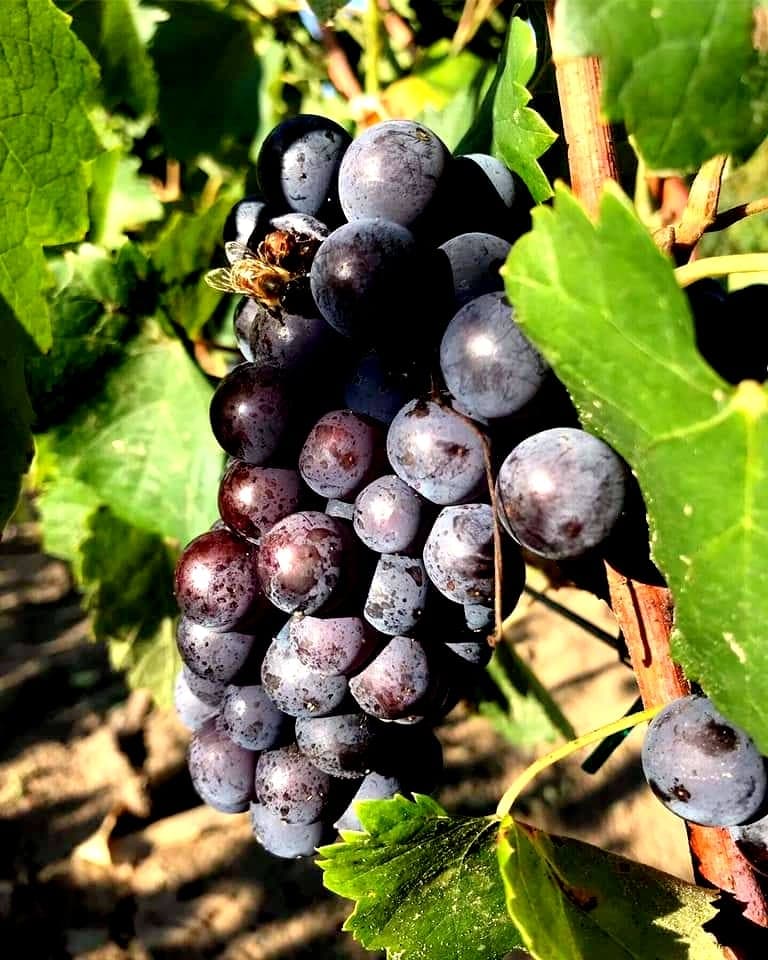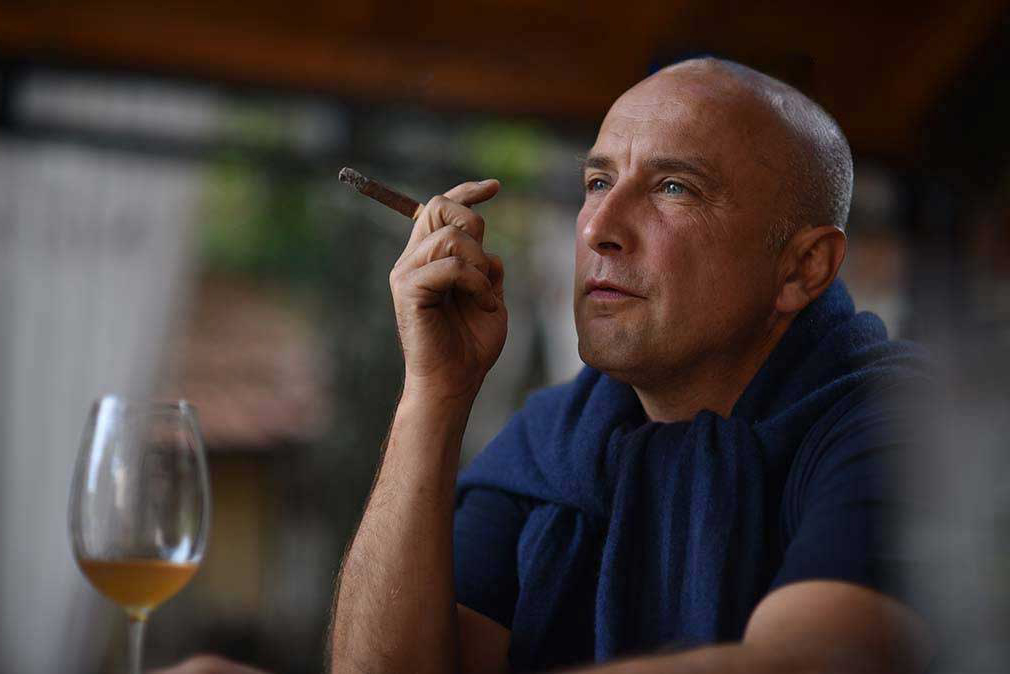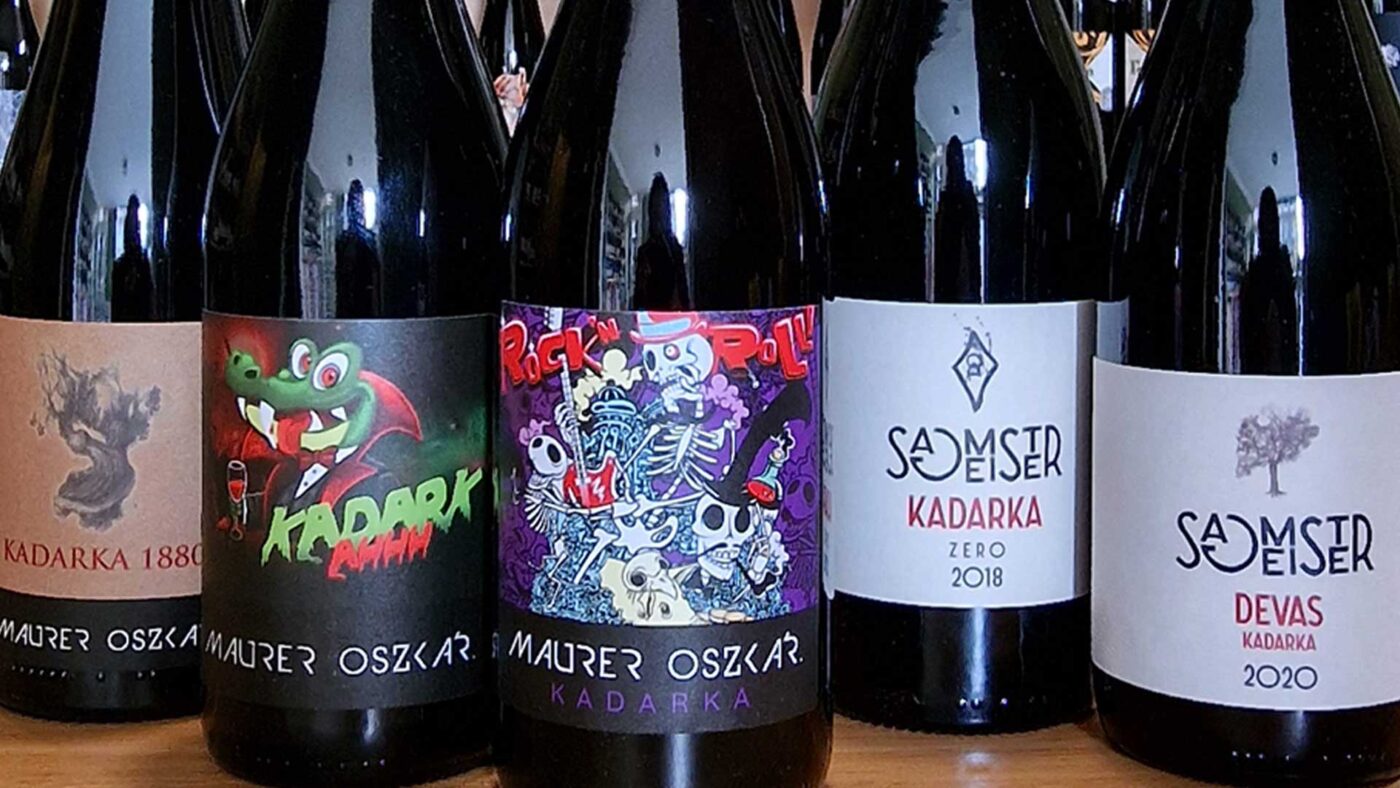events
Kadarka 101
Linda’s Springtime Delights
Wednesday 17th of April
19:30-22:00+
Kadarka 101
In the world of wine, there are varieties that command attention not just for their aromas but also for their rich history and cultural significance. One such grape is Kadarka, renowned for its elegance, versatility, and deep-rooted connection to Central and South-Eastern European winemaking traditions. Its origin is somewhat hazy, but it appears to have begun in the southern part of the Balkans.

One of the defining characteristics of Kadarka is its thin-skinned berries, which range in color from light red to purple. This thin skin makes the grape particularly susceptible to environmental conditions, requiring careful attention and meticulous vineyard management to thrive. However, it also imparts a light, translucent, and seductive robe to the wine.

In terms of flavor profile, Kadarka wines are mostly light-bodied with vibrant acidity, offering delicate notes of red fruits such as raspberry, cherry, and cranberry, along with subtle hints of spice and earthiness. Its moderate tannins and refreshing acidity make it a versatile choice for both standalone enjoyment and food pairing.
While Kadarka’s cultivation has historically been centered in Hungary and Serbia, a number of winemakers are working with Kadarka in Romania and Bulgaria, where they call the grape Gamza.
In the north of Serbia, Kadarka is considered a traditional grape variety and is used to produce some of the country’s most famous natural wines, including those from the appellations of Fruška Gora, Sremski Karlovci, and Subotica.
In a world of mass-produced wines and homogenized grape varieties, Kadarka stands out as a symbol of tradition, resilience, and the enduring appeal of heritage grapes. Its journey from obscurity to rediscovery is a testament to the passion and dedication of winemakers who strive to preserve and celebrate their viticultural heritage.
Whether enjoyed on its own or paired with regional cuisine, Kadarka offers a glimpse into the rich tapestry of European winemaking, inviting wine lovers on a journey of exploration and discovery.
On Wednesday, 17th of April, we will have on the tasting table Kadarka wines from Oszkar Maurer and Erno Sagmeister. Most of these wines are aged in oak barrels, one from an amphora, and one with semi-carbonic maceration.


Sagmeister’s Kadarka comes from the southern slopes of the mountain Fruška Gora, while Maurer’s is from the northern side next to the river Danube.
We will also present two vintages from the oldest Kadarka vineyard on the planet, one of the oldest European vineyards that survived Phylloxera, thanks to the sandy soils of Noszai Hill in northern Serbia. Kadarka 1880, with vines over 140 years old, has an average yield of just 200 grams per vine.
If Unicorn Wine exists and is not just an urban legend, this should be one of the few.
Cheers!




